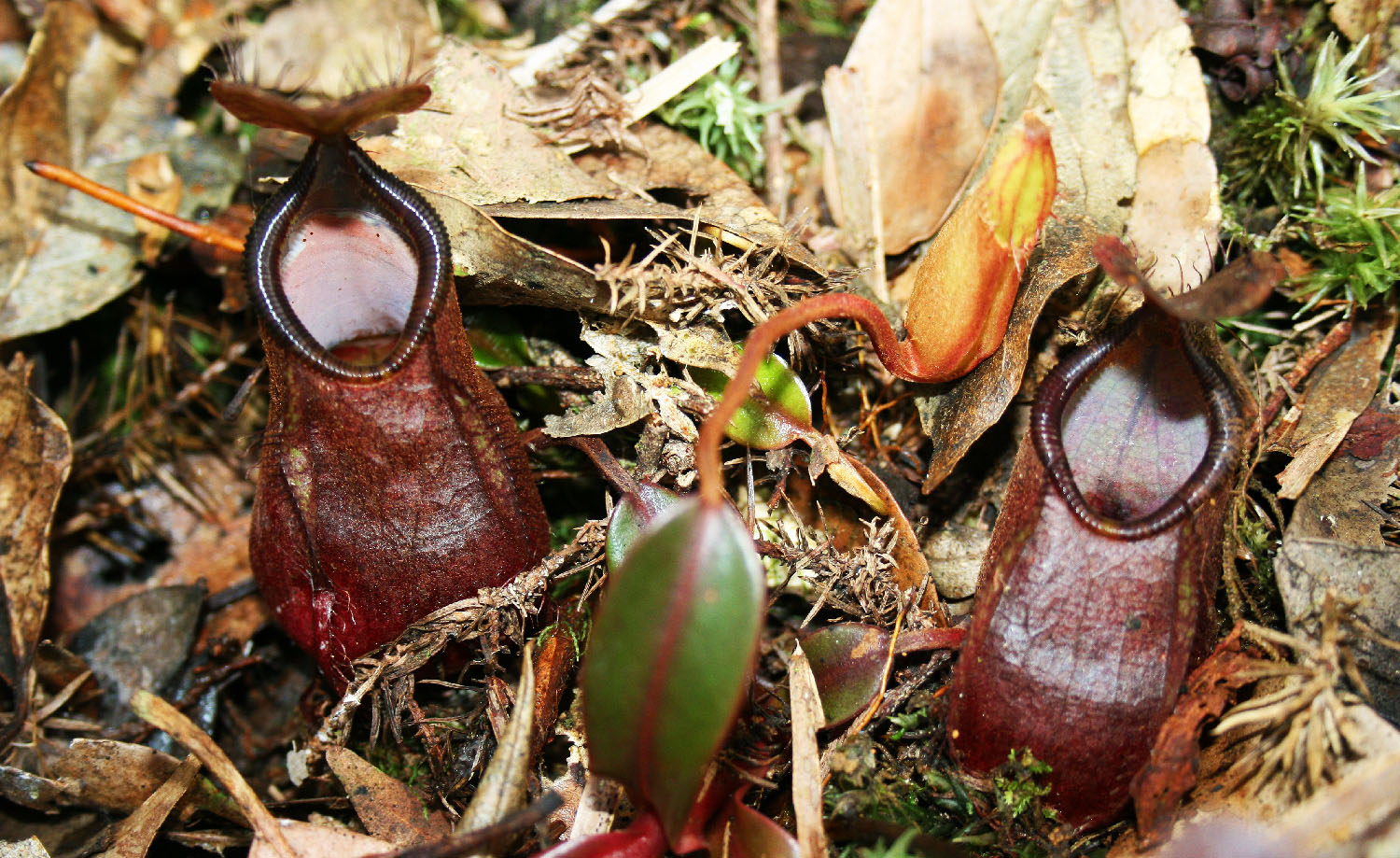Just to continue my Pitcher Plant (Nepenthes) hunting from my last blog. This time I bring you to Kinabalu Park, the 1st World Heritage Site of Malaysia. Normally climbers don’t pay much attention to the unique vegetation beside the trail, when they are busy on the way to conquer Mt. Kinabalu, the highest peak in Malaysia.
Personally I think it is not big deal to reach the summit, as EVERYONE can do it, even school students and 60-year-old men. Mt Kinabalu is not even the highest peak in Asia, but its unique vegetation and biodiversity is one of the most impressive in the world. What I am trying to say is – the peak is the target, but the real reward and highlight are the things that we see along the path.
Probably I am not a first-timer, now I spend more time observing plant grown next to the trail, though I don’t know most of them. If you like Pitcher Plant, you can check out your surrounding, starting from Mempening Hut (4th hut on summit trail) to Paka Cave Shelter, about 3KM – 5.5KM of the trail. You can Click Here to see the trail map. There is a high concentration of pitcher plant along it. Below is a photo of Nepenthes tentaculata grown on ground.
The pitcher plant I found at lower altitude are quite small and “feature-less.” They have no distinguish form, which allows me to tell what species they are (though I try to find out in the book). The species that I want to see the most are Nepenthes lowii, rajah and xtrusmadiensis, coz they are only found in Sabah.
But the one below you would never get it wrong, it is Nepenthes villosa, due to its unique shape and bright colors (red, yellow or green). The ribs on the edge of its mouth look like sharp teeth, so some tourists thought its lid can close+open rapidly and chew the prey, like the man-eater flower they saw in TV. FYI, in official record, the huge pitcher plant can trap prey as big as rat. How about monkey? You must be kidding..
Nepenthes villosa is big and grows in abundance along the summit trail in higher altitude, so you hardly miss it if you keep an eye for your side (sadly, most mountain guides are lazy to point it out for you). Someone told me that the monkey holds the pitcher plant like a cup and drink the water inside. I don’t know how true it is, as the digestive fluid of pitcher plant can be highly acidic (up to pH 1.90), though you would find mosquito larvae lives happily inside. FYI, scientist discovered new species of mosquito in it.
You can see more photos of pitcher plant in Sabah Agriculture Park of Tenom town. They have a good collection of local species in their pitcher plant garden.
Photos taken in Kinabalu Park, Sabah, Malaysia Borneo
